Posted on 11/29/2024
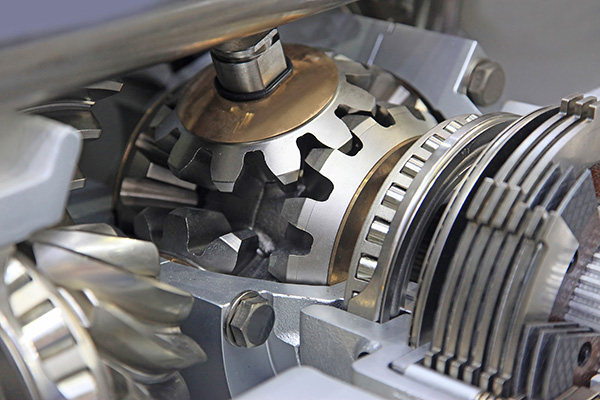
The transfer case may not be the first thing that comes to mind when you think of car components, but it's a crucial part of the system for anyone with an all-wheel-drive (AWD) vehicle. So, what exactly does this mysterious piece of machinery do, and how does it help your car handle challenging terrains? Let’s take a look at the role of the transfer case in your AWD vehicle and explain how it works. What Is a Transfer Case In simple terms, the transfer case is the component responsible for splitting power between the front and rear axles in AWD and four-wheel-drive (4WD) vehicles. It’s the heart of your car’s drivetrain system, enabling the wheels to work together and providing the traction needed on slippery or uneven surfaces. In an AWD vehicle, the transfer case allows the power to shift seamlessly between the front and rear wheels, helping maintain stability on roads or rough terrain. The importance of a transfer case is all about control ... read more
Posted on 10/31/2024
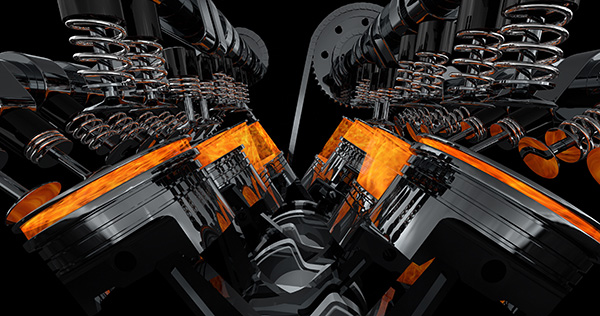
Do you hear that unsettling knocking sound coming from your engine? Engine knocking can be a sign that something’s off, and addressing it quickly can save you from bigger problems in the future. But what exactly causes engine knocking? Let’s explore some common reasons behind this issue and why you should not ignore it. What Is Engine Knocking? Engine knocking, also known as “pinging” or “detonation,” happens when the fuel in your engine’s cylinders ignites unevenly or at the wrong time. Ideally, fuel should ignite in a controlled combustion process, but when things go wrong, the fuel-air mixture detonates prematurely, leading to that knocking sound. Over time, this can cause significant damage to your engine if left unaddressed. Now that you know what it is, let’s look at what might be causing your engine to knock. 1. Low-Quality Fuel One of the most common causes of engine knocking is using fuel wi ... read more
Posted on 9/27/2024

When it comes to driving, the type of transmission your car uses can significantly impact its performance and your driving experience. If you’ve ever wondered what sets apart DSG, CVT, SMG, and traditional automatic transmissions, you’re at the right place. Each transmission type offers distinct features and benefits that cater to different driving preferences and needs. Let’s explore these four popular transmission types and find out how they differ from one another. DSG Transmission The DSG (Direct-Shift Gearbox) transmission, also known as a dual-clutch transmission, represents a leap in technology from traditional automatic gearboxes. It utilizes two separate clutches for odd and even gears, which allows for quick gear changes without interrupting the power flow. This means faster acceleration and a more responsive driving experience. A DSG transmission offers the best of both worlds: the convenience of an automatic with the performance of a ma ... read more
Posted on 8/30/2024
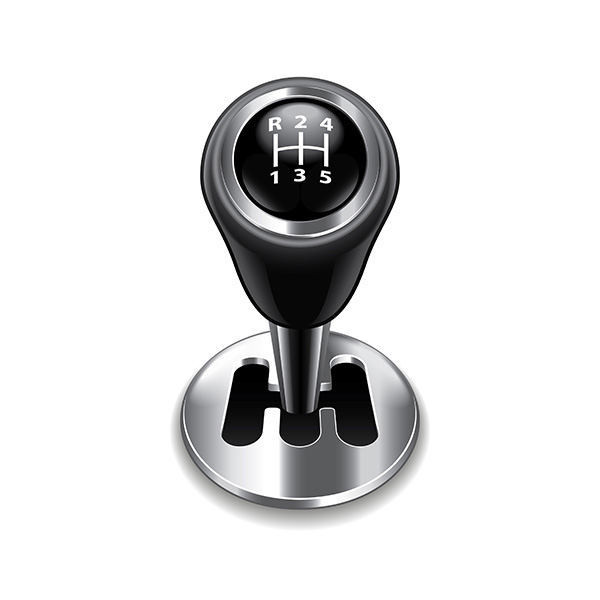
Have you ever wondered if your manual transmission needs fluid replacements? It's a common question among car owners. Unlike automatic transmissions, which are often highlighted in maintenance schedules, manual transmissions sometimes get overlooked. But don't be fooled—your manual transmission needs proper care too. We will explain the reasons why manual transmission fluid replacement is essential and how it impacts the longevity and performance of your car. The Manual Transmission Fluid Manual transmission fluid plays a crucial role in the smooth operation of your vehicle. It lubricates the moving parts within the transmission, reduces friction, and helps prevent overheating. This fluid ensures that gear shifts are smooth and that the transmission components don't wear out prematurely. Over time, however, the fluid can degrade, become contaminated with metal particles, and lose its effectiveness. This is why regular fluid replacement is vital for ... read more
Posted on 7/26/2024
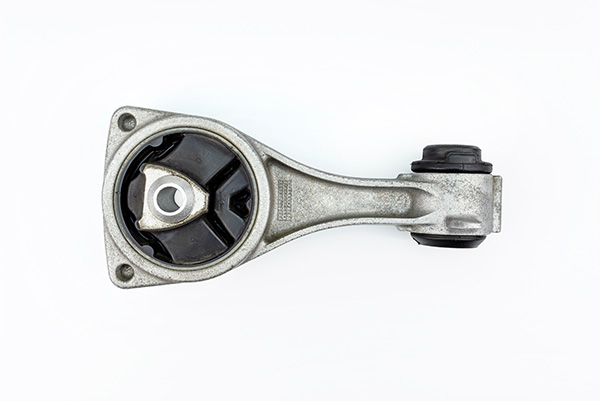
Transmission mounts are crucial yet often overlooked components in your vehicle. They secure the transmission to the chassis, reducing vibrations and ensuring smooth operation. Over time, these mounts can wear out, leading to various issues. But how do you know if your transmission mounts are failing? Let's explore the top five signs of worn transmission mounts and what you should do about them. 1. Excessive Vibrations One of the most noticeable signs of worn transmission mounts is excessive vibration. When the mounts are in good condition, they isolate the transmission's vibrations from the rest of the vehicle. However, when they start to wear out, these vibrations are no longer contained, leading to a rough and uncomfortable ride. You might feel these vibrations more intensely in the steering wheel or floorboard. Why Do These Vibrations Occur? As the rubber or other cushioning material in the mounts deteriorates, it loses its ability to ab ... read more
Posted on 6/28/2024
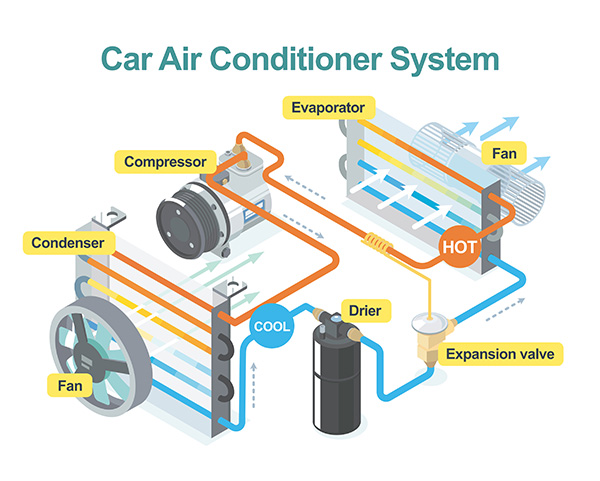
Have you ever wondered what keeps your car's air conditioning blowing crisp, cool air during those scorching summer days? The secret ingredient is Freon, a chemical compound essential to the function of A/C systems. Understanding Freon and its role in your vehicle's air conditioning can help you maintain a more comfortable and efficient driving experience. Let's dive into the world of Freon and explore its significance in A/C systems. The Basics of Freon Freon is a trade name for a group of chlorofluorocarbon (CFC) compounds used as refrigerants in air conditioning systems, including automotive A/C units. Developed by DuPont, Freon is renowned for its effectiveness in absorbing heat and providing cooling. The most common types of Freon used in automotive A/C systems are R-12 and R-134a. However, due to environmental concerns, R-12 has been largely phased out in favor of more eco-friendly alternatives like R-134a and R-1234yf. But what exactly does Freon ... read more
Posted on 5/28/2024
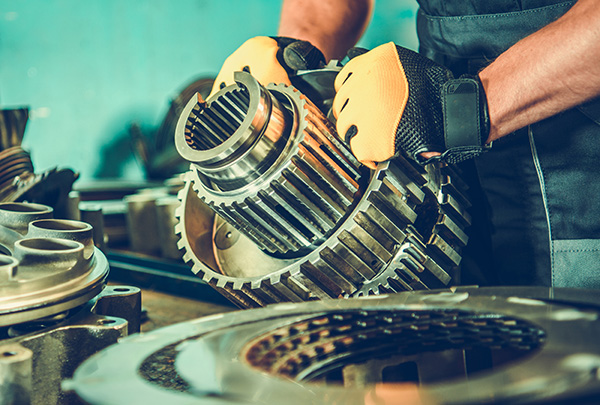
Your vehicle's transmission is a key component that ensures smooth shifts and efficient power delivery to the wheels. When transmission issues arise, navigating the options for repair, rebuild, or replacement can be challenging. We'll explain the differences between transmission repair, rebuild, and replacement, empowering you to make informed decisions about your vehicle's transmission health. Transmission Repair Transmission repair is often the first course of action when your transmission experiences minor issues such as fluid leaks, solenoid failures, or worn seals. Repairs typically involve addressing specific components or systems within the transmission to resolve the issue without replacing the entire unit. This cost-effective approach can be completed relatively quickly, allowing you to get back on the road with minimal downtime. Transmission ... read more
Posted on 4/26/2024
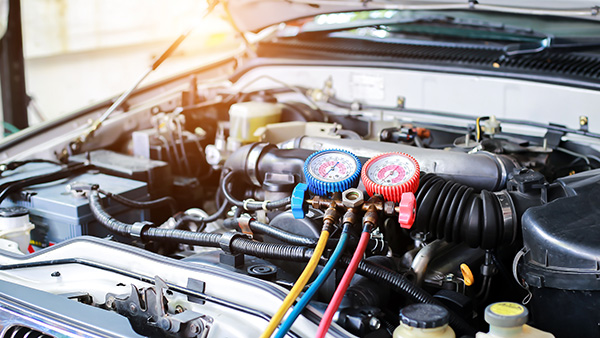
Is there anything more refreshing than stepping into a cool, comfortable car on a hot day? Your car's air conditioning (AC) system plays a crucial role in keeping you cool and comfortable during the island heat. But, like any other vehicle component, your AC system requires regular maintenance to ensure optimal performance and longevity. Understanding the Importance of Car AC Maintenance Your car's AC system is a complex network of components designed to regulate the cabin's temperature, humidity, and airflow. Over time, these components can become worn out or clogged with dirt, dust, and debris, decreasing performance and efficiency. Regular maintenance helps keep your AC system running smoothly by addressing potential issues before they escalate into major problems. Maximizing Cooling Efficiency Regular maintenance is essential for maximizing the ... read more
Posted on 3/31/2024
%20(Small).jpeg)
Your vehicle's transmission is a marvel of engineering, responsible for transferring power from the engine to the wheels, ensuring smooth acceleration and efficient operation. However, certain habits can wreak havoc on this critical component, leading to costly repairs and unexpected breakdowns. Neglecting Transmission Fluid Maintenance Transmission fluid is the lifeblood of your transmission, lubricating moving parts, dissipating heat, and facilitating smooth gear shifts. Neglecting to check and change transmission fluid at regular intervals can lead to a host of issues, including overheating, premature wear, and transmission failure. Make it a habit to adhere to the manufacturer's recommended fluid change schedule to keep your transmission running smoothly. Rough Shifting and Abrupt Gear Changes Slamming on the accelerator, abruptly shifti ... read more
Posted on 3/1/2024
.jpeg)
When it comes to automatic transmissions, the number of gears has become a topic of debate among car enthusiasts and everyday drivers alike. In recent years, there has been a trend towards transmissions with more gears, boasting improved fuel efficiency, smoother acceleration, and enhanced performance. But does having more gears necessarily mean a better driving experience? The Evolution of Automatic Transmissions Automatic transmissions have come a long way since their inception, evolving from simple two or three-speed designs to sophisticated systems with six, eight, or even ten gears. This evolution has been driven by advancements in technology, including the development of more efficient gear ratios, electronic controls, and computerized shifting algorithms. As a result, modern automatic transmissions offer smoother shifts, better fuel economy, and improved driving dynamics compared to their predecessors. Advantages of More Gears One of ... read more